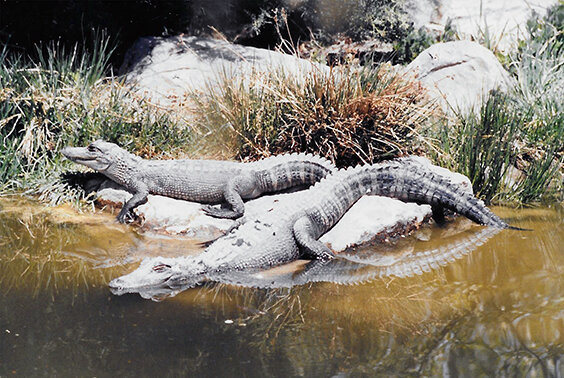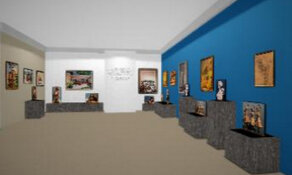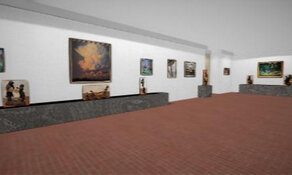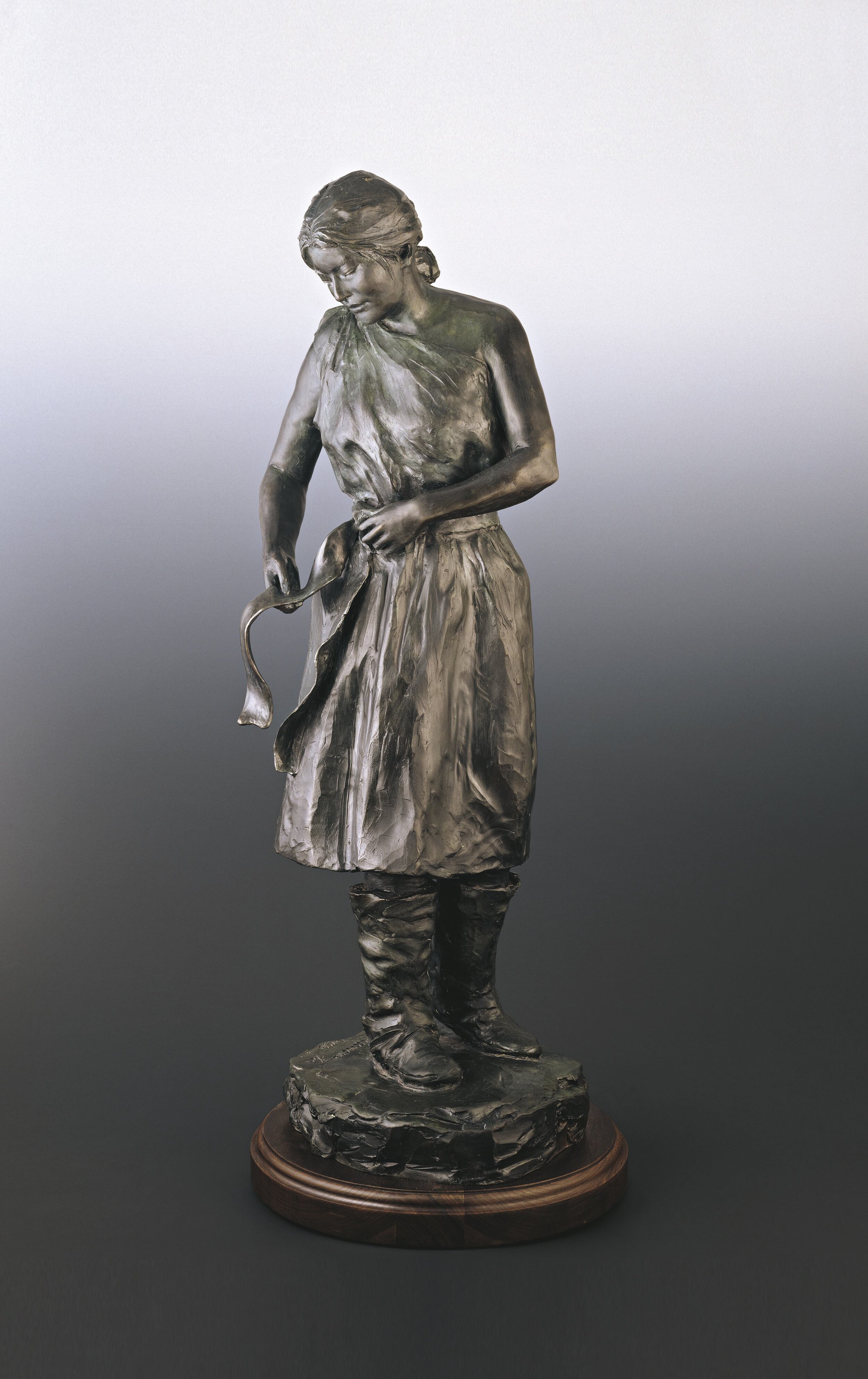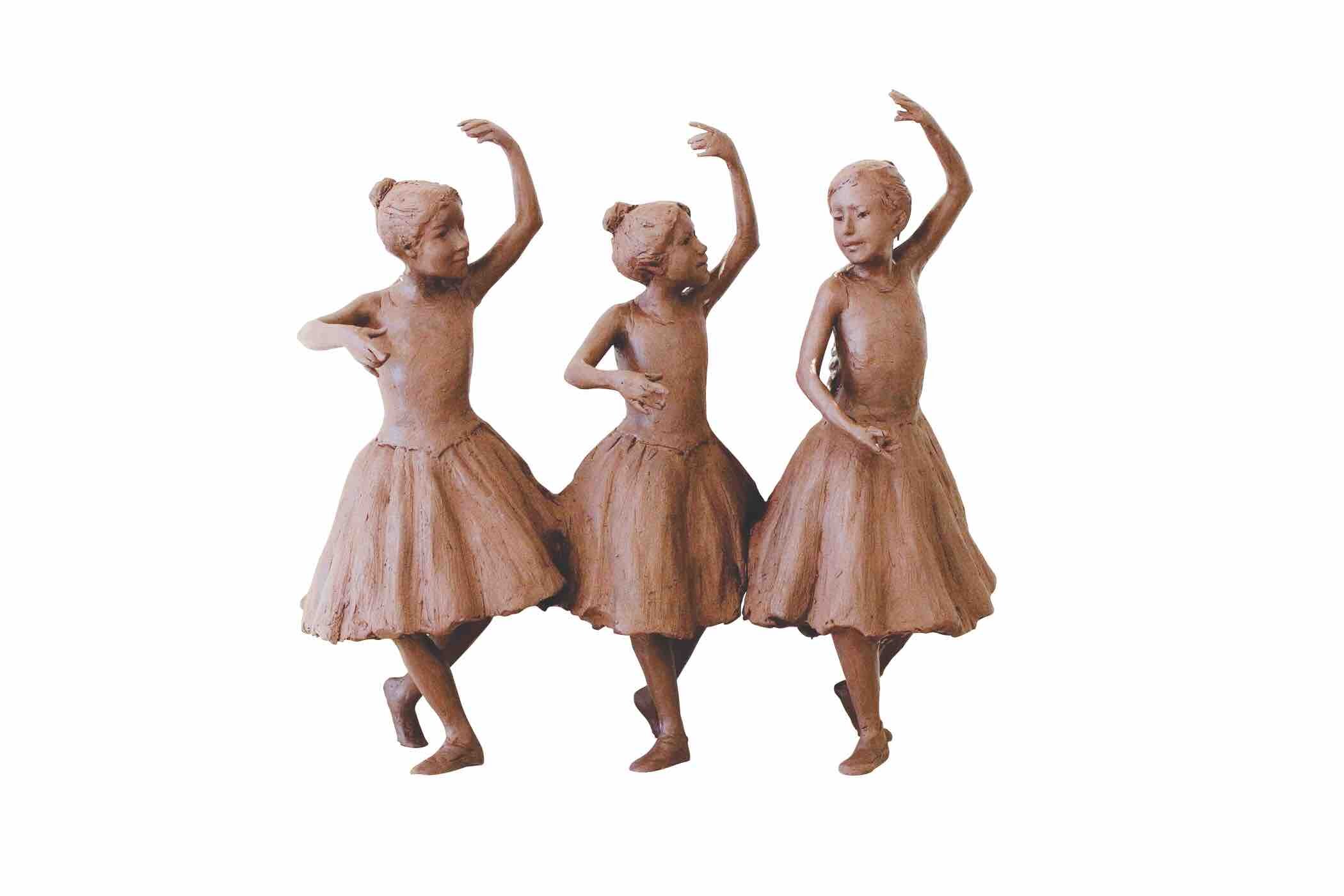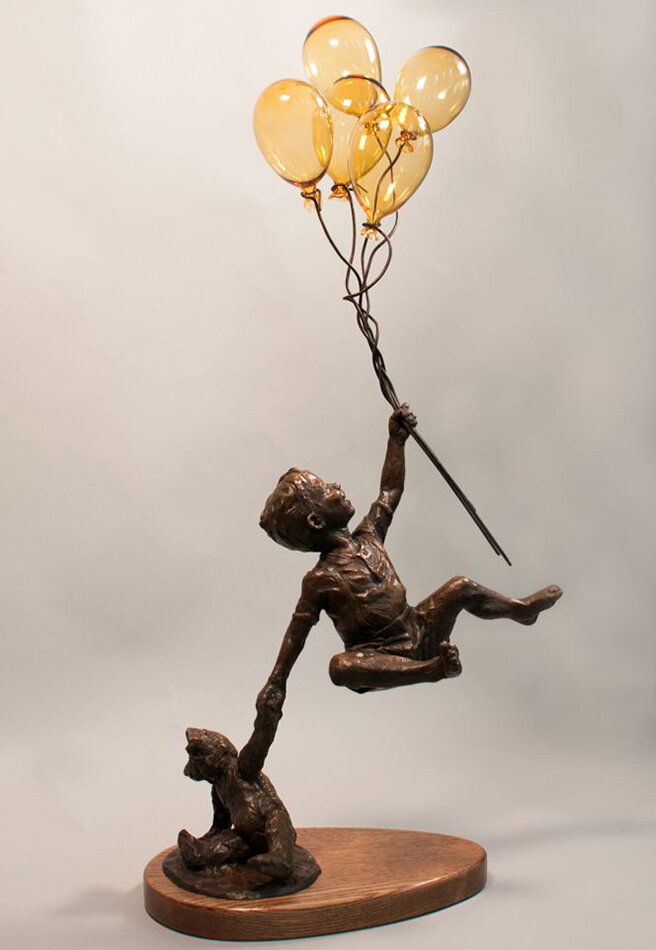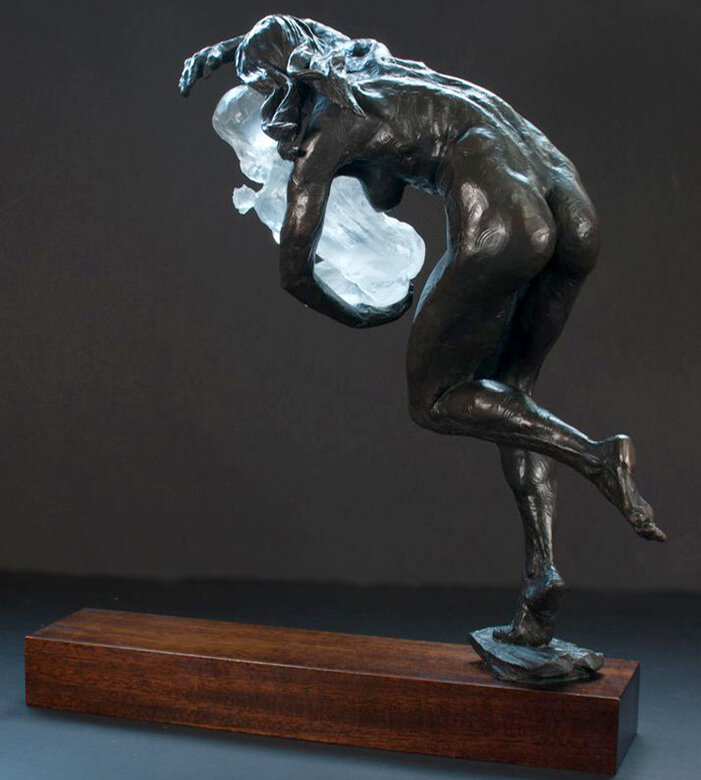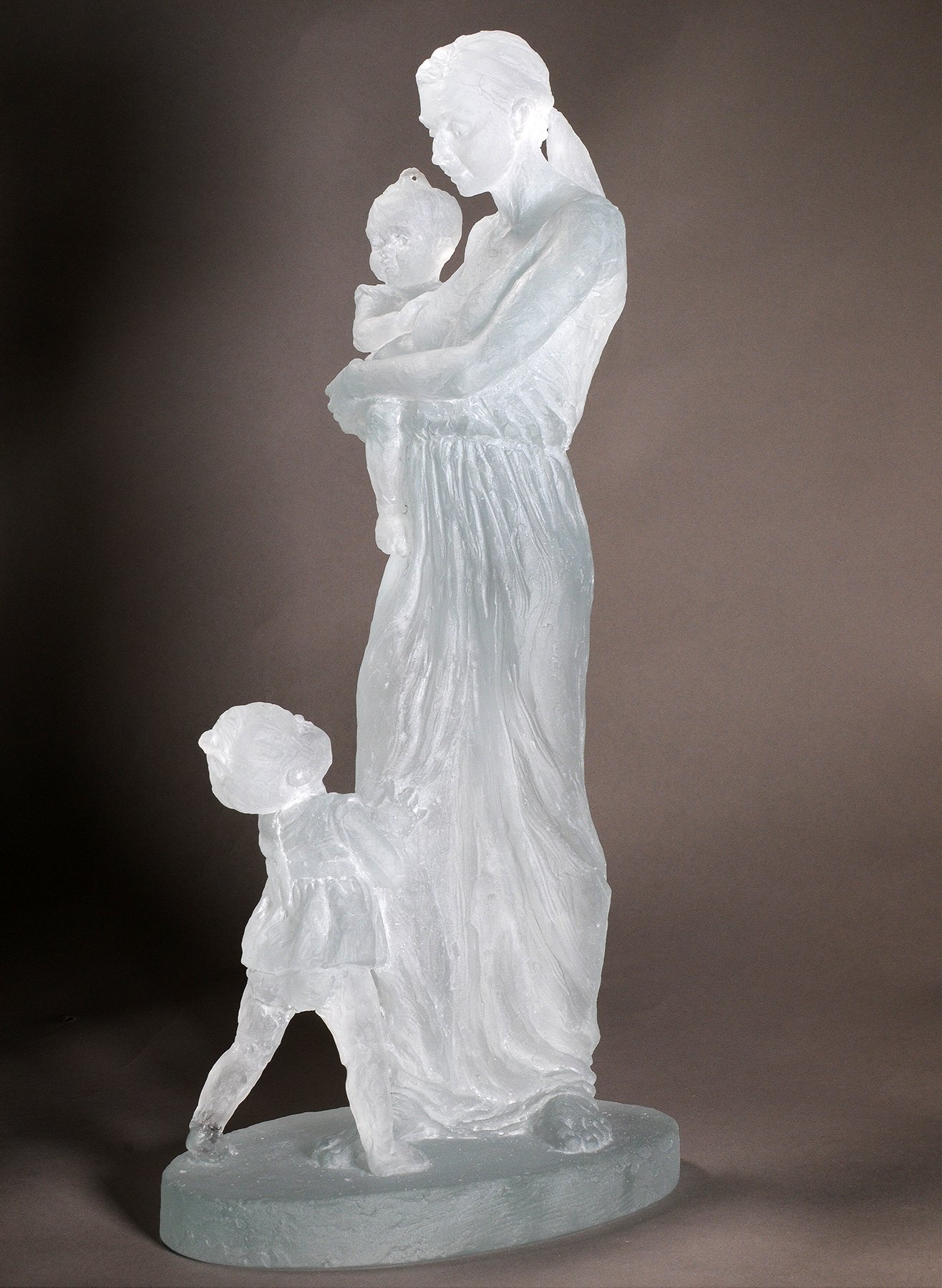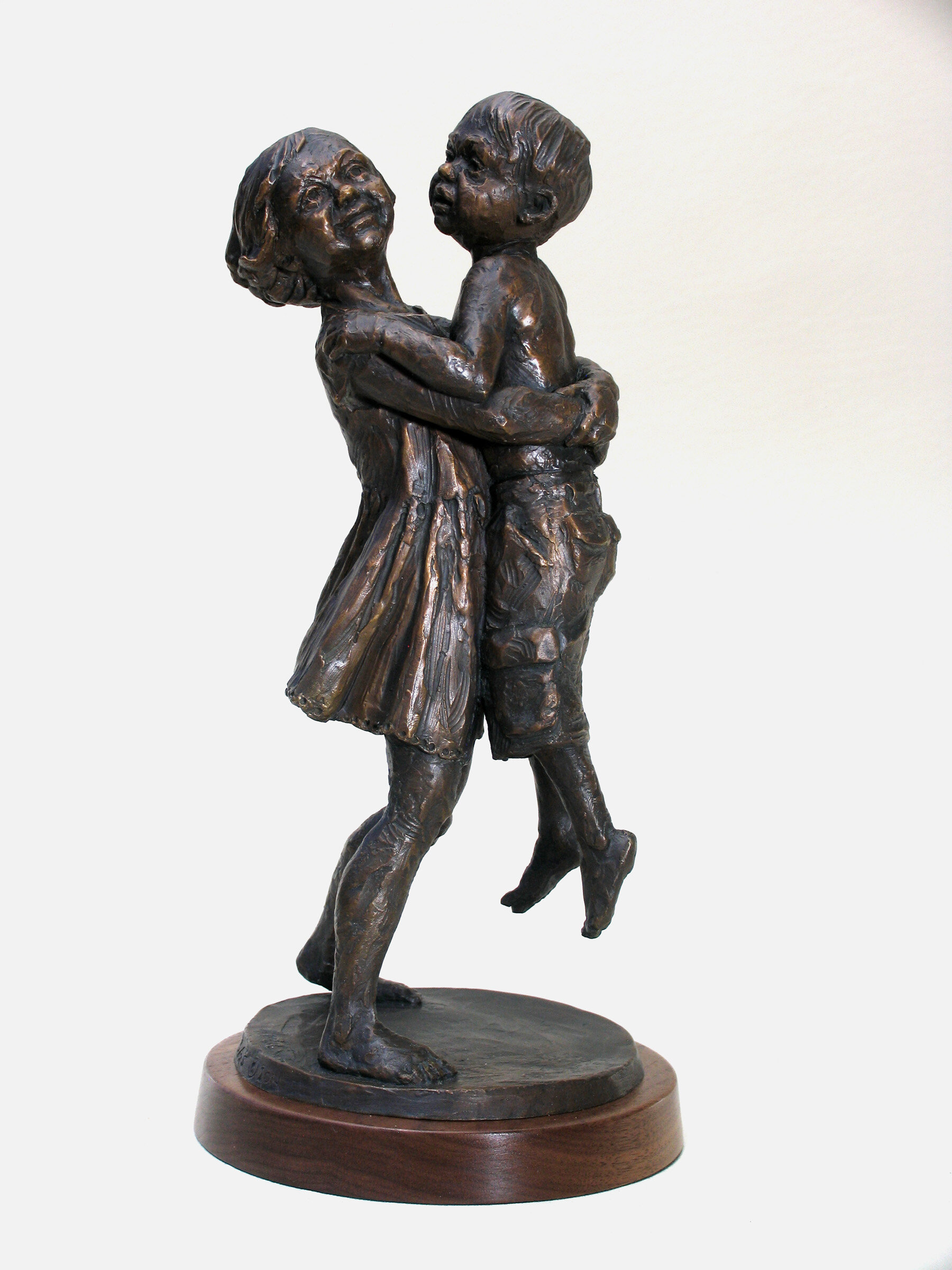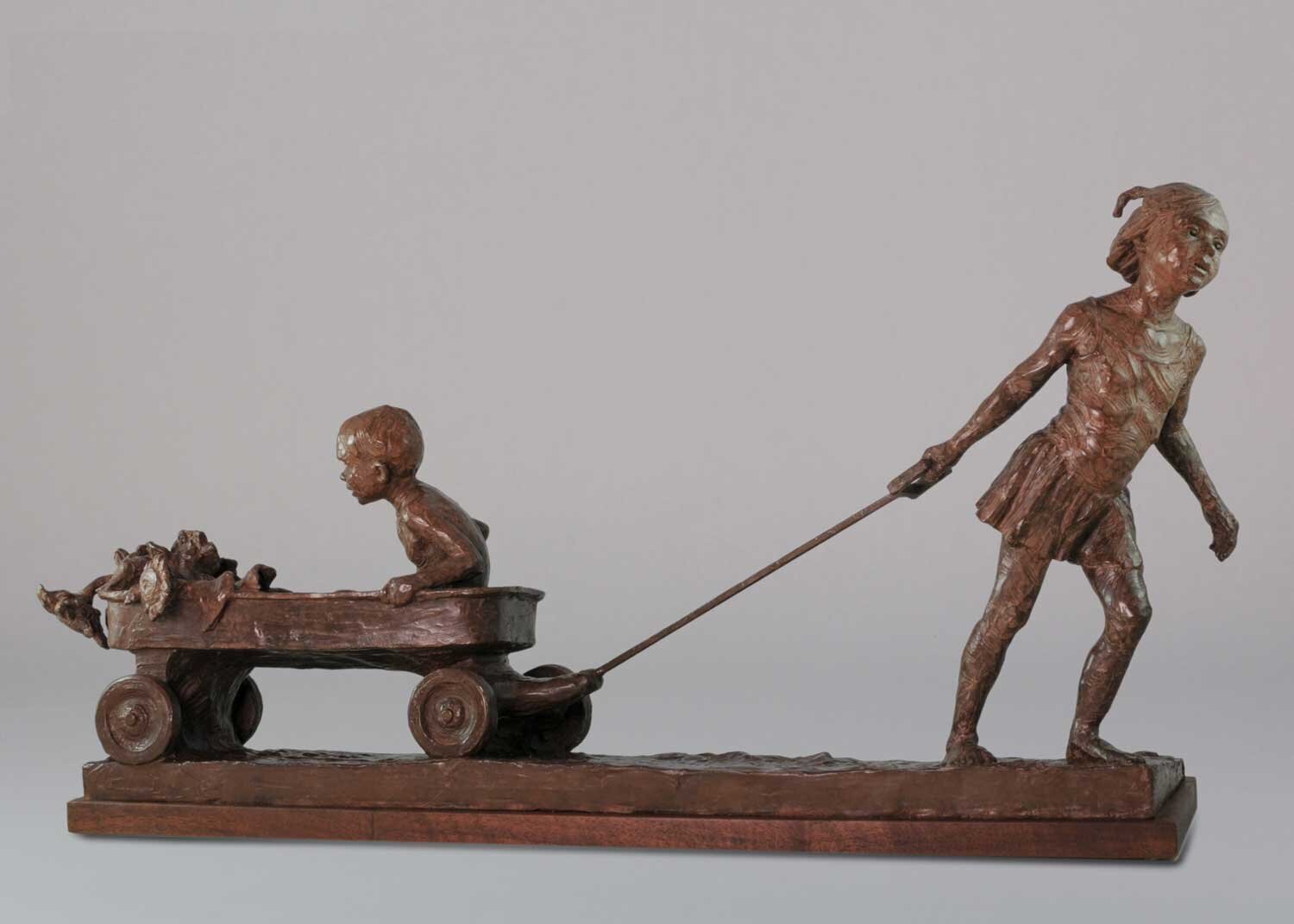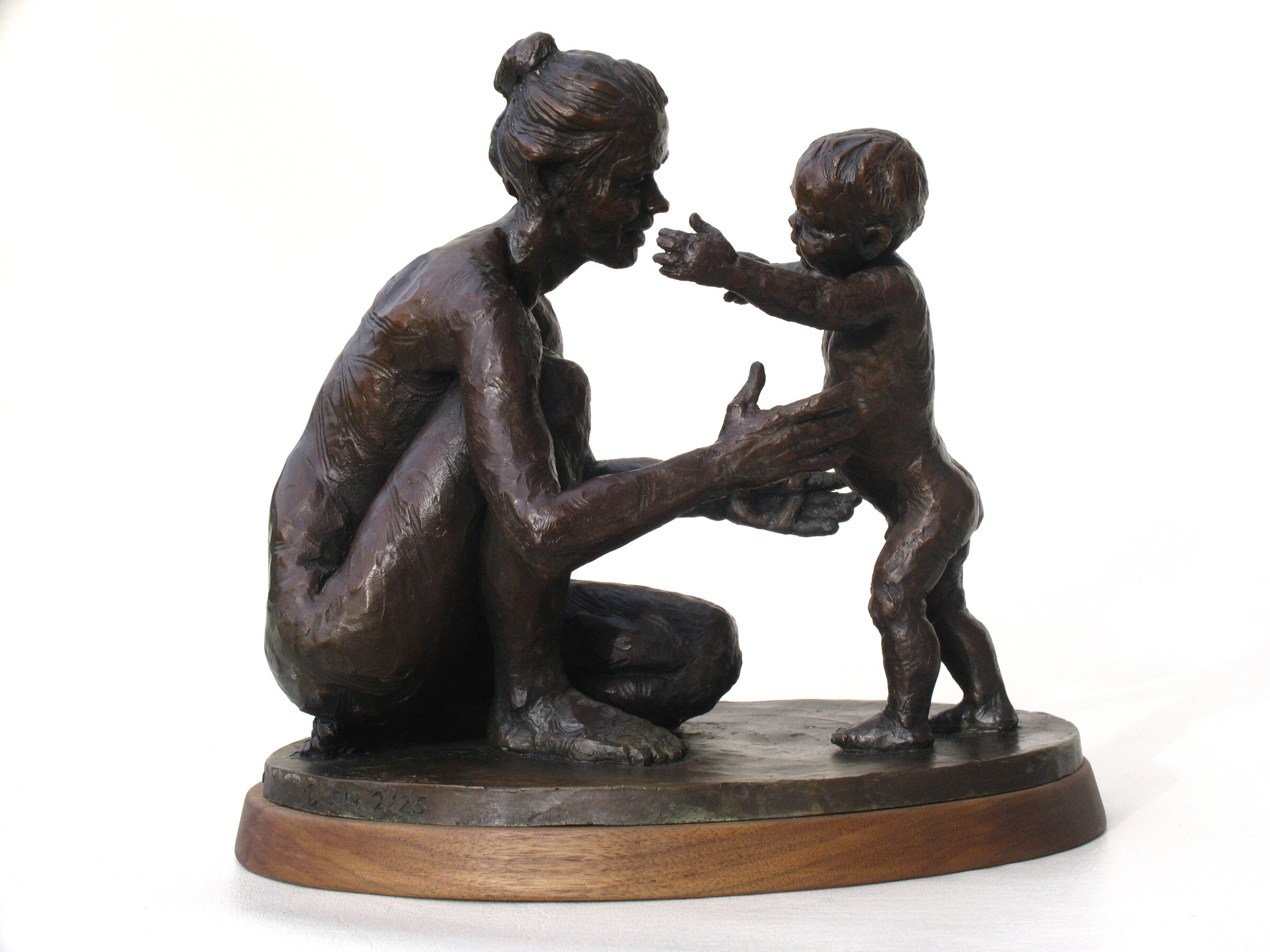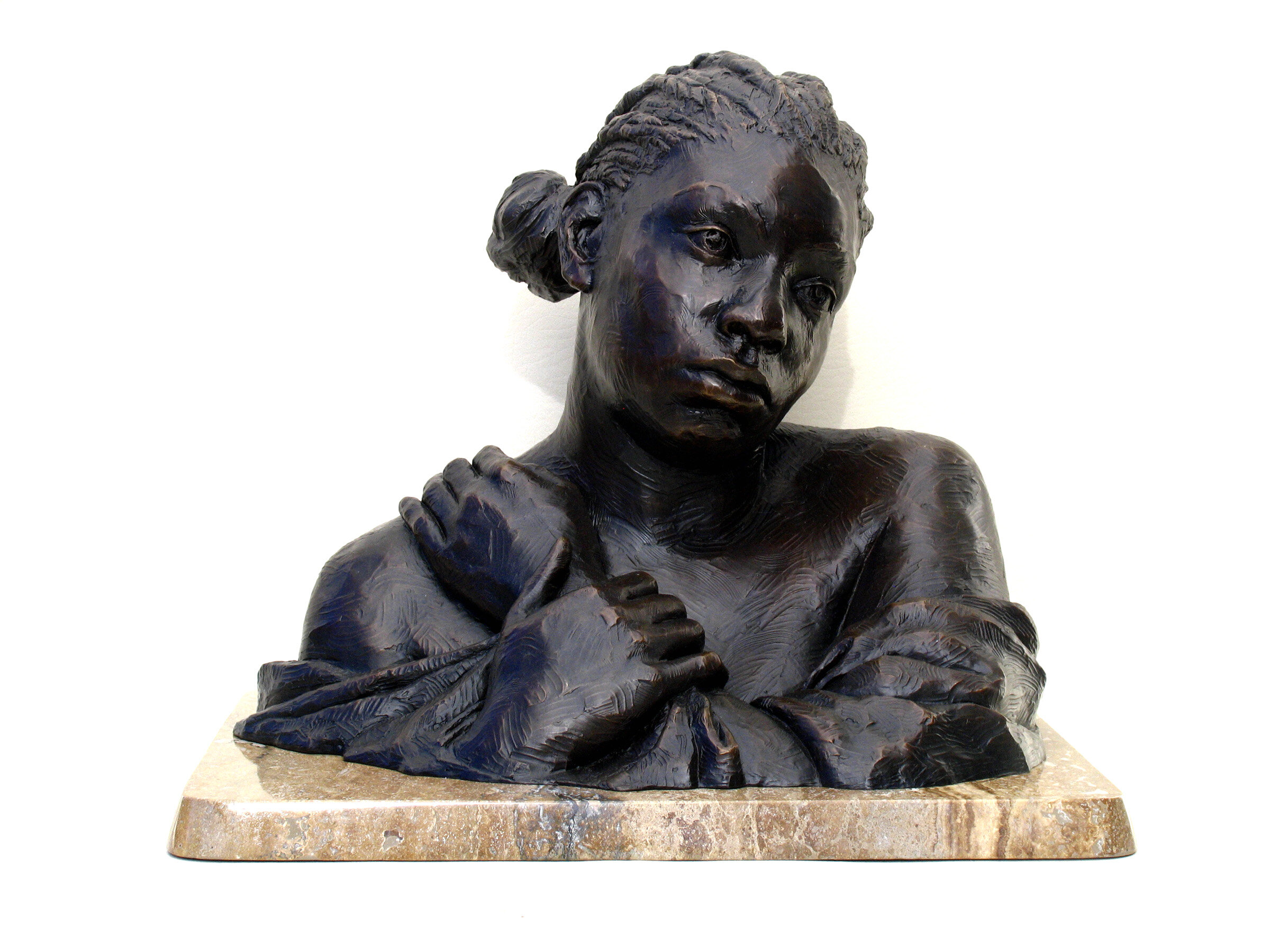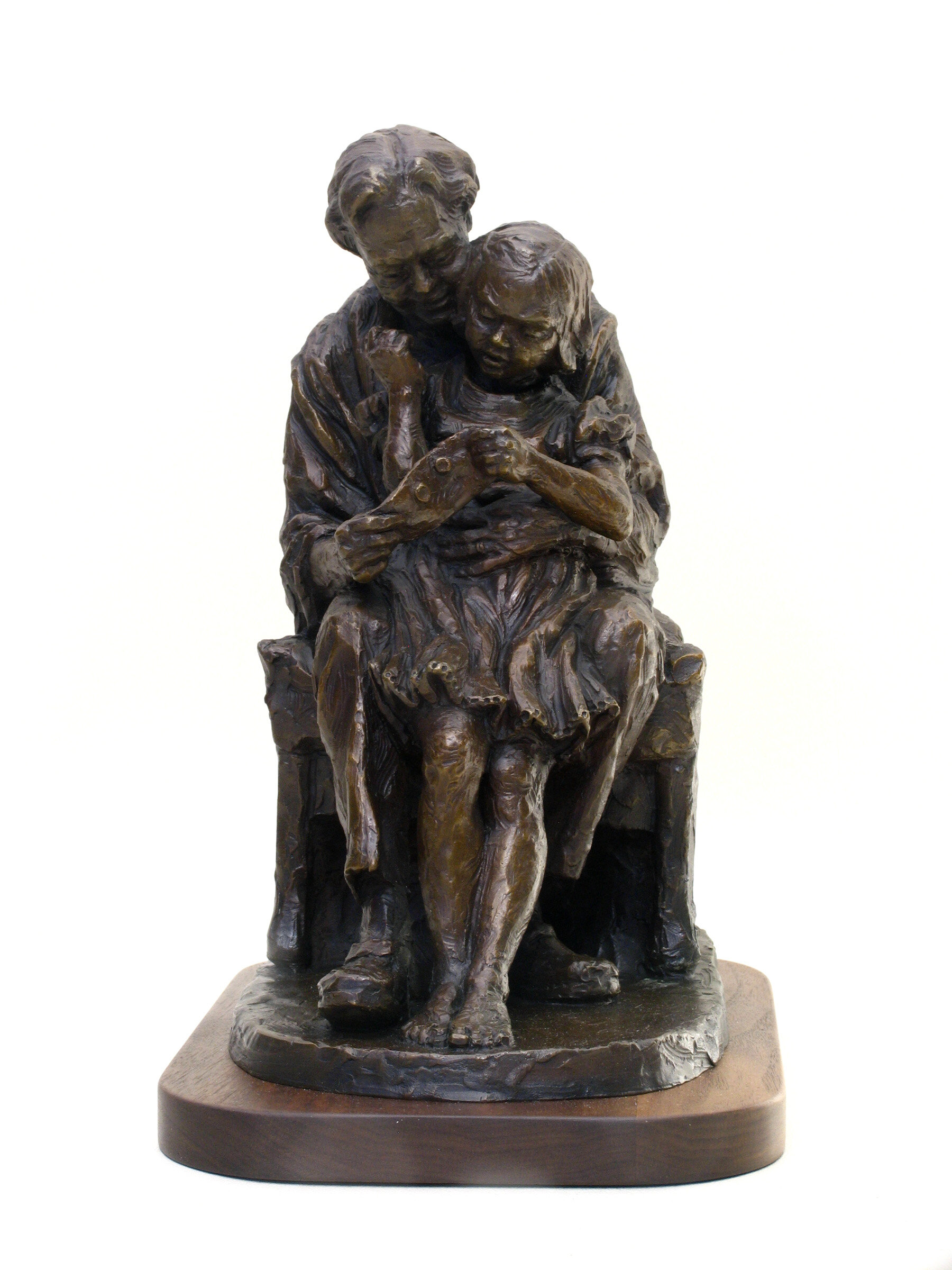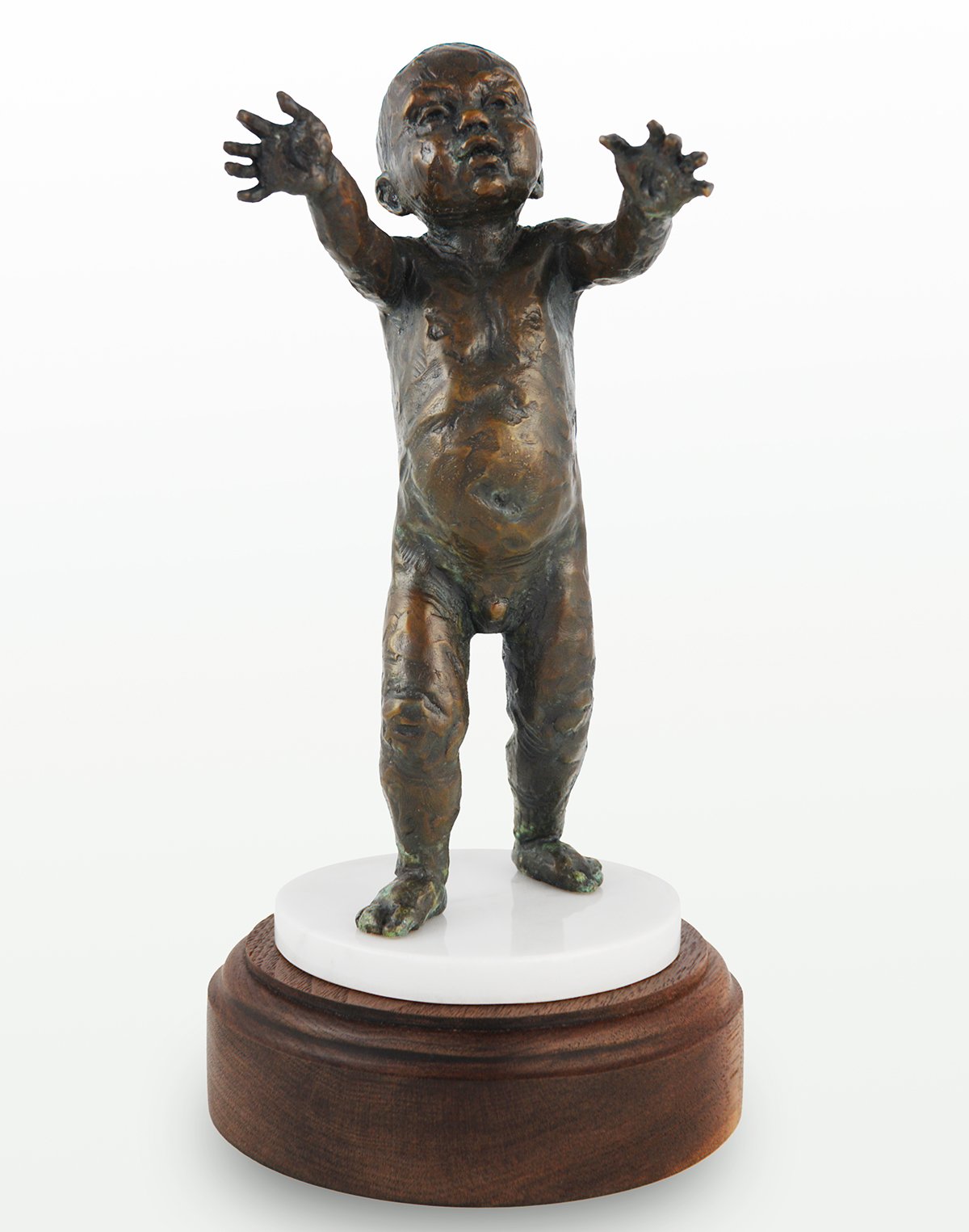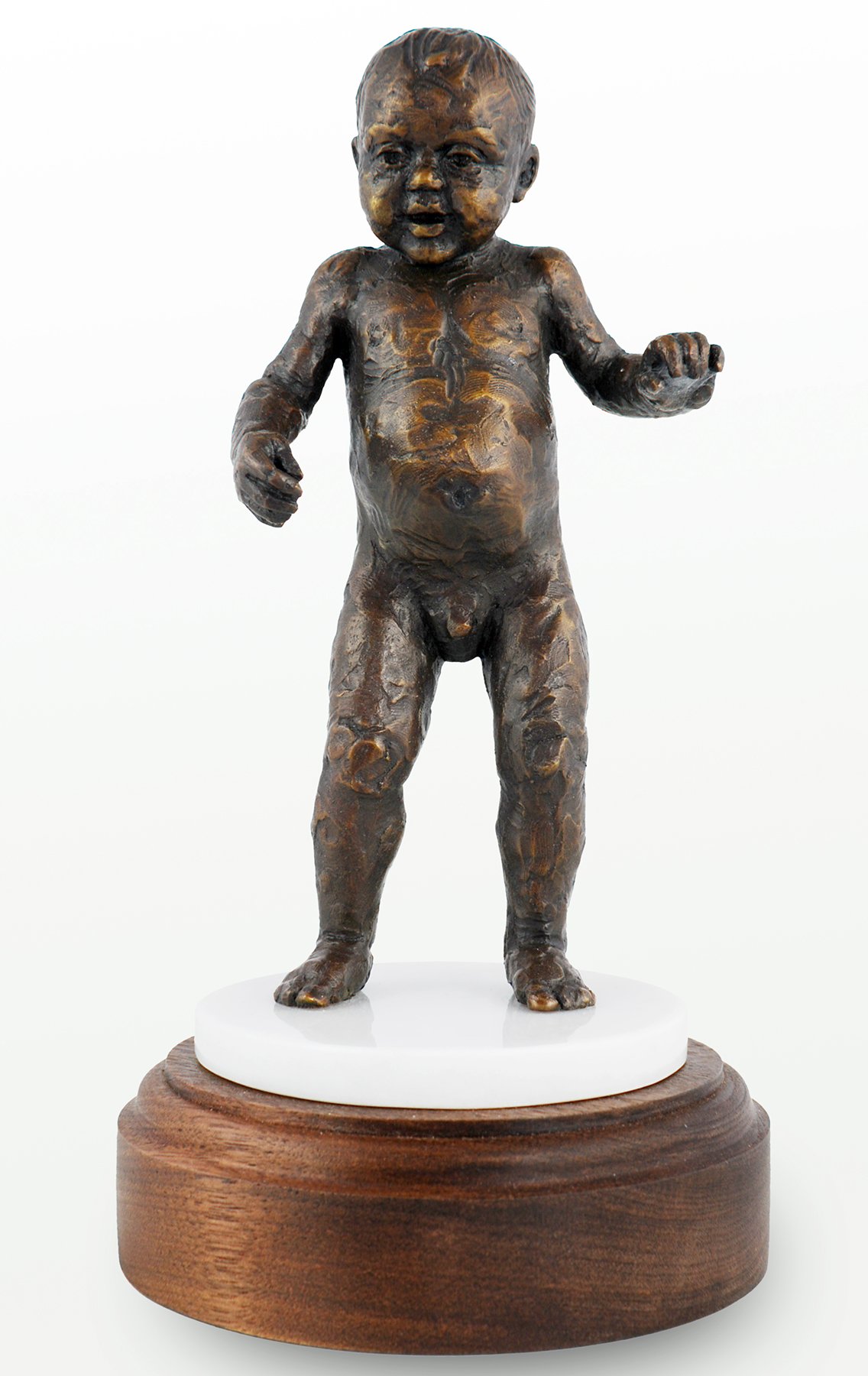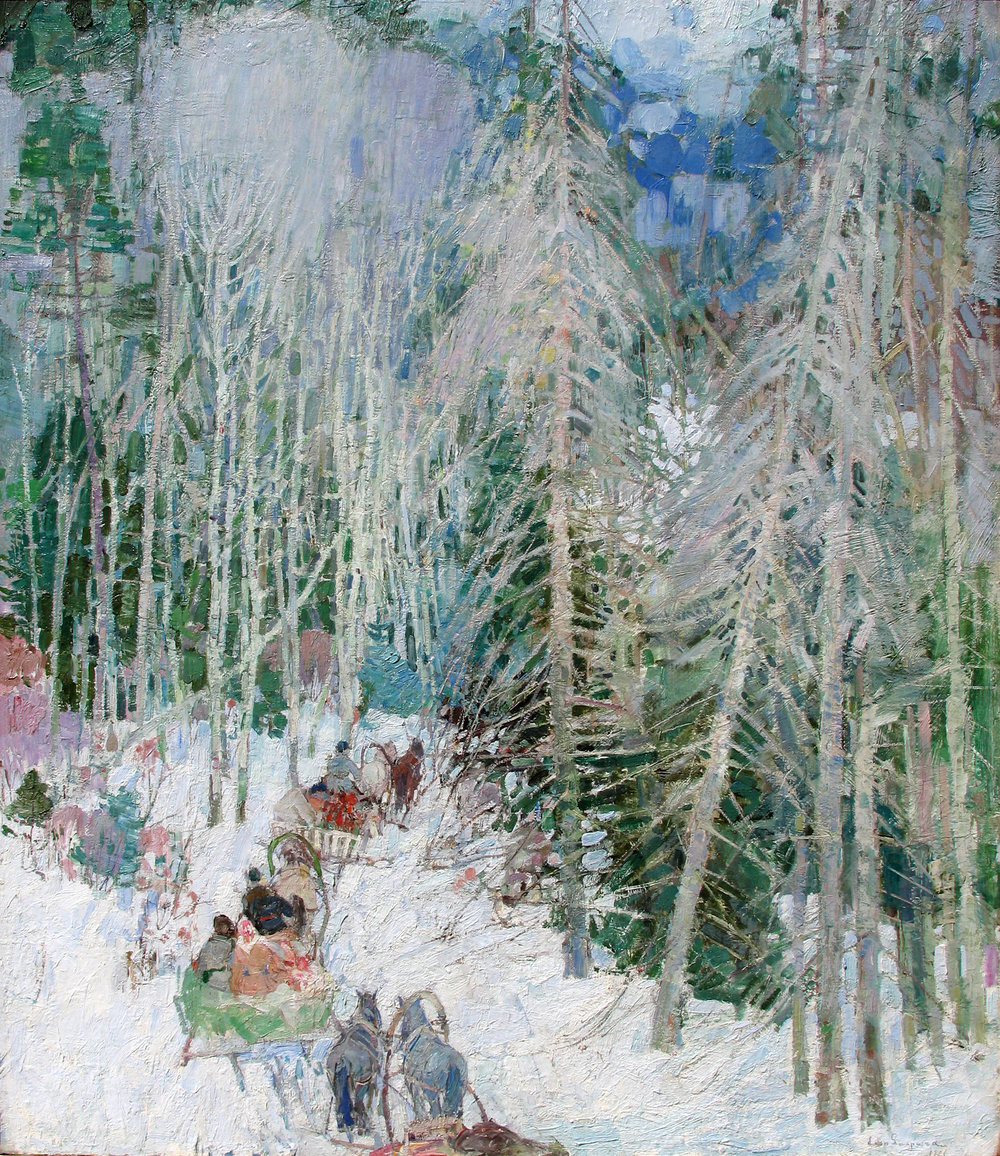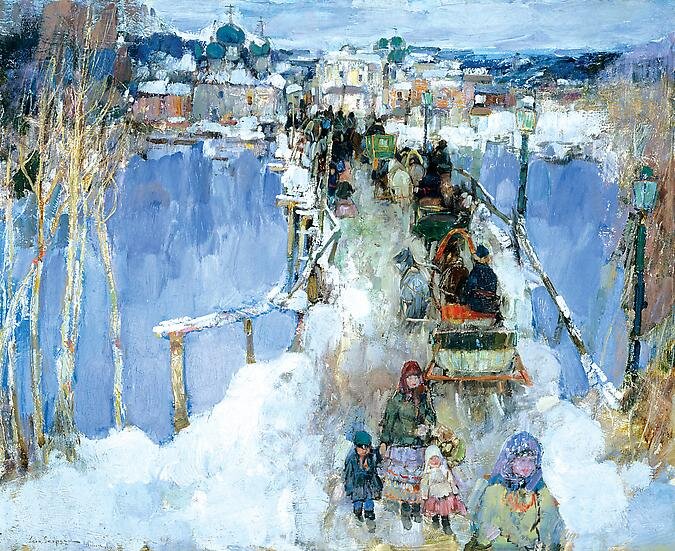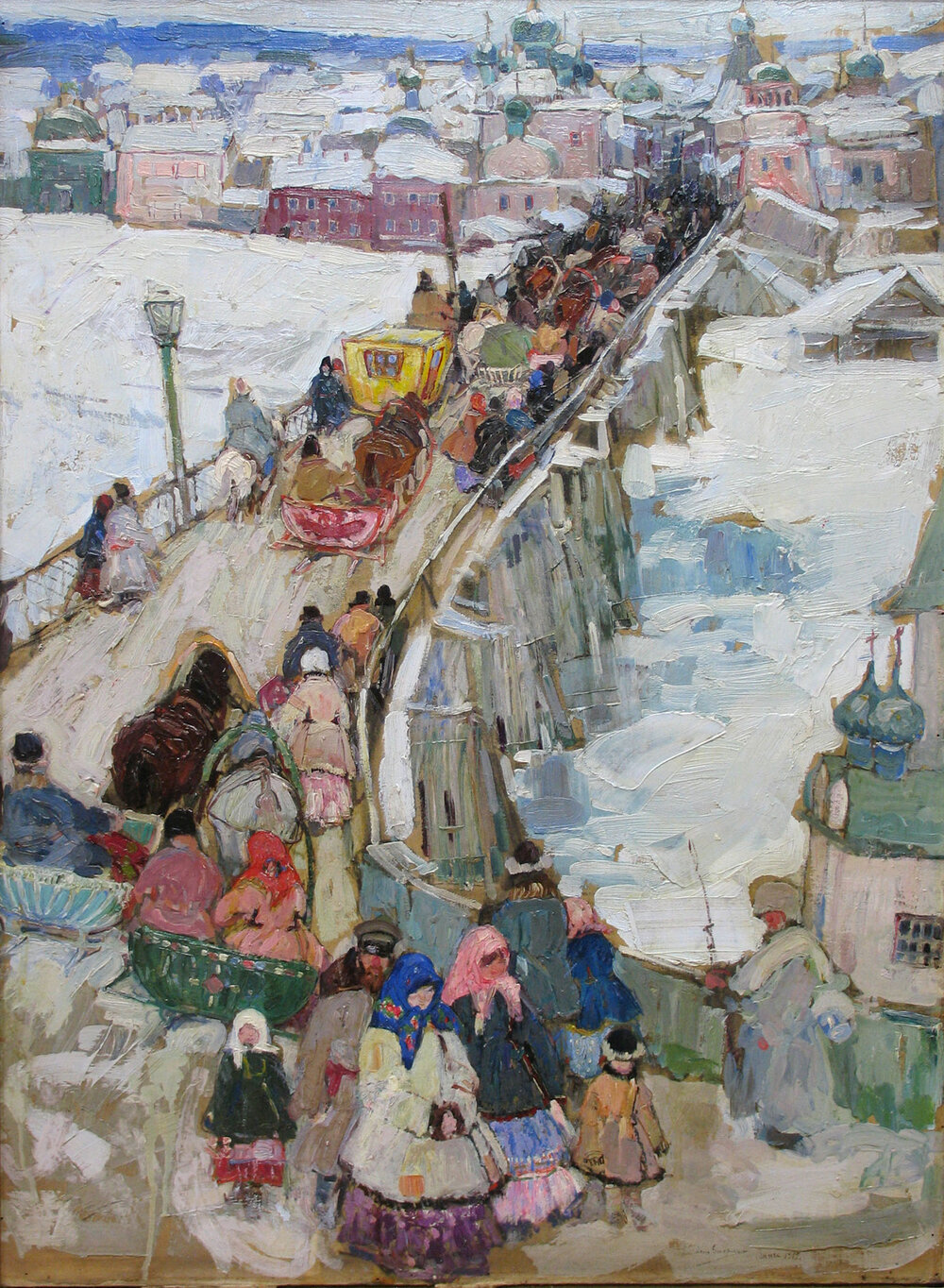Nedra Matteucci Galleries: An Extraordinary Art World Legacy Nearly Fifty Years in the Making
/Situated in the heart of Santa Fe's art district, Nedra Matteucci Galleries has a storied past and remains one of the oldest continually operating galleries in New Mexico. It was established in 1972 by legendary art dealer Forrest Fenn on a four-acre tract that contained an orchard and farm that supplied fruit and vegetables to Kaune's Market and structures dating as far back as the 1870s. The buildings themselves had connections to the artists of the early Santa Fe and Taos art colonies. One had belonged to an early expert and dealer of the work of Taos Society of Artists, founding member E. Irving Couse (1866-1936). Another had been the studio of Czech-born painter Josef Svoboda (1889-1953), who painted in Santa Fe and Taos. The stately guest quarters on the property have hosted numerous celebrities, including Jaqueline Kennedy Onassis, Robert Redford, Val Kilmer, Cybill Shepherd, Michael Douglas, and Victoria Principal. Nedra's nephew and fellow Dexter, New Mexico native, the famed jockey and Triple Crown winner, Mike Smith, is also a frequent guest.
Richard and Nedra Matteucci purchased the gallery in 1988 and quickly made it their own. They expanded the gallery's focus on artists of the early Santa Fe and Taos art colonies and Native American antiques to include more living artists. They opened the gallery's resplendent sculpture garden to the public and, in the process, created one of Santa Fe's most captivating destinations. But the imprint of their personalities and business philosophy is perhaps most clearly reflected in the welcoming and congenial ambiance visitors encounter as soon as they come in. As Nedra states: "It's important to me that my staff is friendly to everyone. We go out of our way to answer questions and educate people. I don't want us to be like some other galleries." Gallery Director, Dustin Belyeu, echoes these same sentiments. "The culture we create in this particular business, in this particular town, in this particular location is so unique. I like everybody that comes in to have a good time and to feel like they belong here. It's just super important."
Another cornerstone of the Matteucci mindset is a focus on philanthropy, as expressed in Richard and Nedra's service on various boards and the hosting of numerous charitable events at the gallery. "Hosting charitable events is something we've always done and will continue to do when Covid lets us again," Richard stated. "It's kind of a way of life. I mean, you've got to help when you can." Nedra notes that she is "not good at saying no," adding that "we are fortunate enough to have this beautiful location. It'd be a shame not to share it." Many organizations have benefited from this generosity. "We've always done the Kidney Foundation, and in the last few years, the Santa Fe Opera event has been one of the largest. We've also helped out-of-state charities and museums," she says. In addition to on-site fundraising events, a weekend stay in the celebrated guest house has been a popular donated item at numerous charitable auctions.
The gallery continues to play a vital role in the region's artistic landscape with an ever-changing inventory of museum-quality works presented in rotating displays and artist-focused exhibitions. The role of gallery staff is to cultivate a meaningful connection between the art and the clients. As Dustin notes, it is a process that requires establishing a rapport based on trust. "I think more than anything, especially in this business, clients want honesty. And they want to be educated. They want to know why a certain work of art is important and why people seek it out to acquire it. People really like to take that in." For Nedra, these interactions are a two-way street that has become part of the fabric of who she is. "It's a passion. You meet so many interesting people and every day you learn something too. It's not just teaching. It's a learning experience all the time." As a collector himself, Richard knows well the personal joy he derives from living with art. "In today's troubled world, there's just something peaceful when you're around a great painting or sculpture. That's what I think I get from it, a lot of peace and comfort."
The last several decades have brought myriad changes to the art world, and Nedra has been in the midst of this evolution. "We've gone through so many changes," she says. "For instance, it used to be that the dealers bought 80% of the paintings at Sotheby's and Christie's auctions. And now, it's our collectors that often do. Our clients call and ask for advice about an auction painting, and we give it to them. We know it'll come back around." While adapting to change has always been central to the gallery's longevity, Covid brought many new challenges. While the gallery continued to have regular in-person interaction with visitors and clients (except during mandated shutdowns), more focus has been given to outreach via email and social media. But, as Dustin notes, maintaining the gallery's core values along with the Matteucci's "commitment to keeping this place moving forward during the shutdowns" has been critical over this past year. "It’s really the same stuff. The reputation Nedra has garnered over the years, making people love this spot because of how we treat them, treating people right, doing charitable things."
As for the future, Dustin believes cultivating new generations of clientele is vital. "The biggest challenge is trying to get younger collectors interested that you can then move forward with and help educate and build collections for." A regularly updated website and proactive engagement via email and social media are central to this effort. According to Nedra, using modern-day tools to generate old-fashioned word-of-mouth pays off. "We're getting new clients all the time, and a lot of it is due to the internet." She also notes the importance of knowing the market and maintaining a fresh and diverse inventory. "Recently, we've been featuring more Spanish Colonial furniture, which is becoming harder to get." As for what the future holds, Richard observes: "In today's world, it's one day at a time. Hopefully, it will just be better and better. I'm an optimist."






























